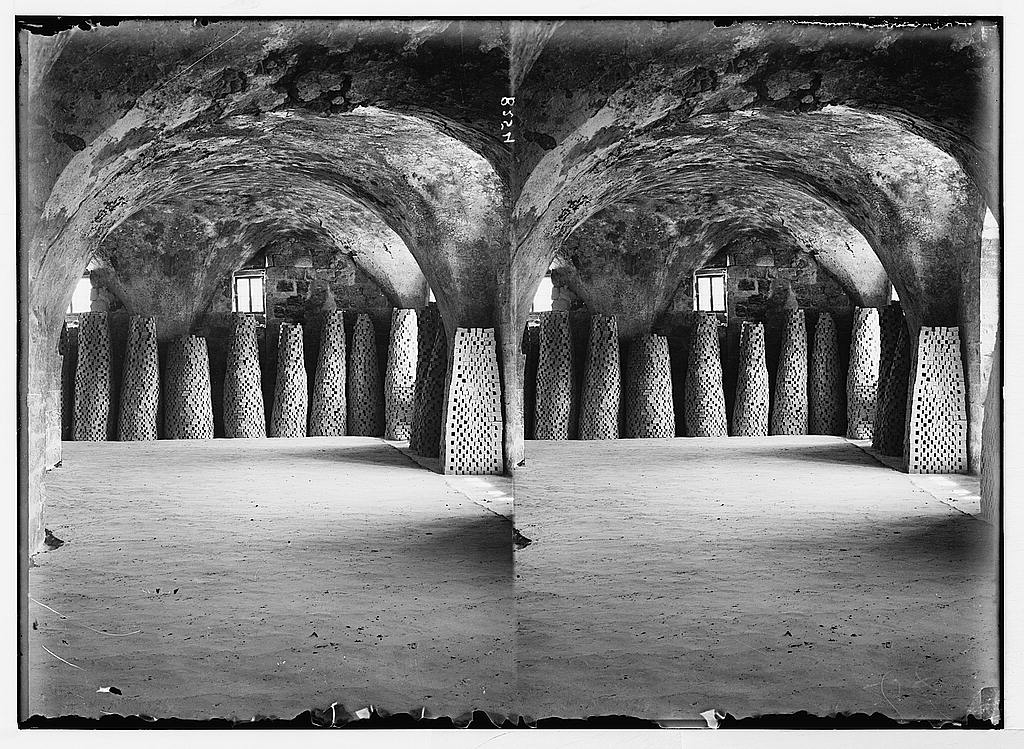Return to archive
title
Re-enacting everyday life. Architectural History meets the Body
Author
Alejandro Campos-Uribe
Abstract
The seventeenth century building were Hannie and Aldo van Eyck lived from 1965 was diligently remodelled into their treasured family home. Almost hidden from the street hustle, yet open to the outside, the place lights up as soon as the threshold is crossed. Both literally and metaphorically, the changes and additions to the building reveal their architectural thinking and ways of inhabiting. In the house, layers of temporality, materiality, everyday living and lived experience mingle with design solutions and worldviews affecting them. Grounded on a phenomenological approach, this paper argues for the use of Re-Enactments as a fruitful method for architectural historians. As re-enactor, the researcher recreates some of the repeated, stylised acts of the Van Eycks’ lives, somatically reproducing the customs, values and practices that instituted their ways of living. The researcher’s body informs the reflections and findings, from materiality to meaning, through the continuous and embedded experience of the house. Tacit architectural ideas, specific ways of understanding history, time, and space, are indeed embodied into the built environment, and they can only be disentangled with the help of our own bodies, by performing actions in, within, and around buildings. A task which is inevitably creative, striving to animate rather than simply mimic, to evoke rather than just report.
This paper will be presented at the TACK Conference in the paper session VECTORS, 20 June 2023 between 14:30 – 17:00 (CEST) at ETH Zürich (Auditorium HPV G5).
Alejandro Campos is a Lecturer and Postdoctoral Researcher at the Department of Architecture, TU Delft, where he received EU funding for the research project Multiculturalism in the work of Aldo and Hannie van Eyck. Rethinking universalist notions in architecture. Alejandro specialises in Post-War Modern Architecture and the colonial dynamics behind its universalising claims.




